Yakushiji Temple East Pagoda Foundation Clay Tile Lamp Lid Rest by Rakusai Bisai
Yakushiji Temple East Pagoda Foundation Clay Tile Lamp Lid Rest by Rakusai Bisai
Couldn't load pickup availability
Width: 6.0cm x 6.0cm Height: 5.8cm
Yakushiji Temple East Pagoda Foundation Clay Tile Lamp Lid Rest (Yakushiji Temple East Pagoda Foundation Clay Tile Lamp Lid Rest) Made by Onishi Rakusai
--The breath of the earth over 1,300 years is reflected in the light of wabi-
1. Overview of the work
This piece is a tile lamp-shaped lid rest made by Onishi Rakusai, an Akahada ware potter from Yatsushiro in Nara, using the old clay that supported the foundation of the National Treasure, the East Pagoda of Yakushiji Temple. Although it is a small prop for resting a kettle lid, the open-ceiling window carved into the hemispherical body and the plate opening at the top give it a mysterious silhouette reminiscent of a tile lamp in a temple.
2. Shape and design
| part | Forming elements | Viewing points |
|---|---|---|
| Plate mouth | Slightly curved edge | While photographing the tray of a tile lamp with a wick tray on it, we ensured that the edge was high enough to provide stability when a ladle is placed on it. |
| Body | Bell-shaped rounded and vertically long three-lobed fire window | The design allows light from the fire to filter through the windows on three sides, creating striking shadows even in the dim light of the tea ceremony. |
| near the ground | A lower frame | The surface that comes into contact with the floor is tightened, and the wheel marks are left visible to create a rustic look. |
The firing gives the reddish-brown iron glaze a dull shine, and slight purple-brown kiln changes have appeared around the edges of the windows and the top of the body. This natural glaze has appeared when the magnesia and quartz particles contained in the foundation soil melted, and can be considered a "crystallization of the soil" indicating the accumulation of time since the Hakuho period.
3. Techniques and the significance of "foundation soil"
What is foundation soil? <br data-end="657" data-start="654">The soil from the foundation of the East Pagoda of Yakushiji Temple was temporarily removed during the major repair work in the Reiwa era (2009-2020). It is a legacy of the earth that was compacted by monks and craftsmen from the Hakuho period 1,300 years ago, and the parts that were not returned after the repair work were used as pottery material from the perspective of protecting the cultural property.
Pottery-making process : 1. Sift the base soil and mix it with clay from Mt. Akahada in a 3:7 ratio to ensure plasticity.
② After shaping it into a hemispherical shape on a potter's wheel, a fire window is cut out with a blade, and it is then dried.
③The pottery is fired in a reducing fire at around 1,240°C, and the iron from the foundation soil is sublimated into a reddish-purple iron glaze.
Exquisite texture <br data-end="945" data-start="942">The "gravel skin" with quartz grains unique to the foundation soil floating on the surface faithfully reproduces the fired quality of a tile lamp and adds depth to the reflection of the flame when it is reflected.
4. Historical background of the Kawara-to motif
Kawara lanterns are lighting fixtures for temples made from the same clay as roof tiles, and are said to have become popular during the Edo and Meiji periods. These simple lights, which were protected from the wind by a bell-shaped fireplace and supported religious services throughout the night, have long been popular as tea ceremony pottery that reflects the scenery of the tile surface. The East Pagoda of Yakushiji Temple is a beautiful three-story pagoda praised as "frozen music," and in 2020, a major repair project was completed after 12 years of work. The foundation soil, which was the "silent power" that supported this pagoda for 1,300 years, can be said to have been reborn as a "moving light" once again through the firing flames.
5. Arrangements at the tea ceremony
| Season and taste | Tool set | Recommended incense | Stage Effects |
|---|---|---|---|
| After opening the furnace in the cold | Axle "Komyohensho", Flower: Kantsubaki, Pot: Onimen style iron included | Sandalwood + Borneo | The tiled lanterns are likened to a bonfire, resonating with the fire in the hearth. |
| Mid-autumn Moon Viewing Tea Ceremony | Axle "Moon Ring Light", Flower: Light, Goei Hong | Kara piece | The moonlight shining on the eastern tower is reminiscent of the shadows cast by the windows, creating a mysterious atmosphere. |
| Shuni-e Theme | Scroll "Unshakable", Flower: Daphne | Neri-koh "Shunie" | It is associated with the torch ceremonies at Todaiji and Yakushiji temples and symbolizes the light of prayer. |
6. Onishi Rakusai's approach to pottery
Onishi Rakusai has adopted the philosophy of "vessels that connect the memories of Nara to the next generation," and has attempted to revive the material "history itself," the foundation clay of the East Pagoda of Yakushiji Temple, in addition to motifs unique to the region, such as old roof tiles, deer, and temple bells. In this lid rest, he combines the warm elegance of Akahada ware and the roughness of the foundation clay in the simple form of a tile lamp, skillfully fusing the wabi of tea ceremony utensils with the weight of history.
7. Summary
Made from 100% clay from within the grounds of Yakushiji Temple, this piece is characterised by its clear beauty, with all impurities thoroughly removed. The clay has been around for ages and is homogeneous, and when fired it takes on a clear luster, and when fired it takes on a gentle colour like old roofing tiles. Its smooth texture and resistance to warping are also appealing. The story of the clay, which holds 1,300 years of history, gives you a sense of peace every time you pick it up. This is a special piece that combines material, beauty and spirituality.
The "Yakushiji East Pagoda Foundation Clay Tile Lantern Lid Rest" is a masterpiece in which clay that has been around for over a thousand years meets fire and becomes a "light" once again, brought back to life in the palm of your hand. When you place the ladle on it, the fire from the hearth peeks out from the tile lantern window, drawing the light of prayer that has continued to illuminate the East Pagoda into the tea room. Please enjoy this microcosm that reflects history, faith, and the flavor of Nara clay during a seasonal tea ceremony.
A conversation with Rakusai Onishi – High-end pottery specialty store [Amagi-do]
Share

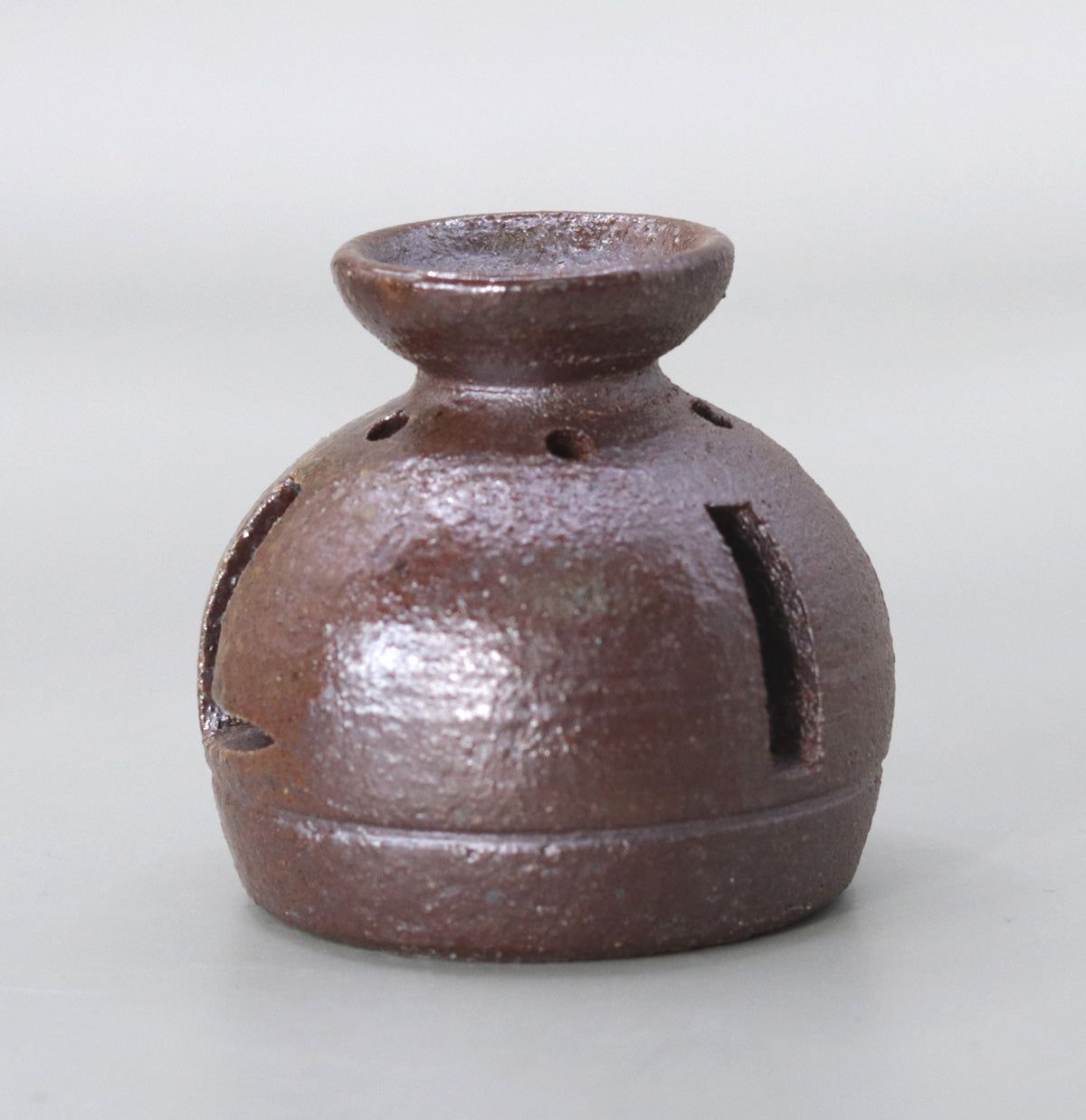
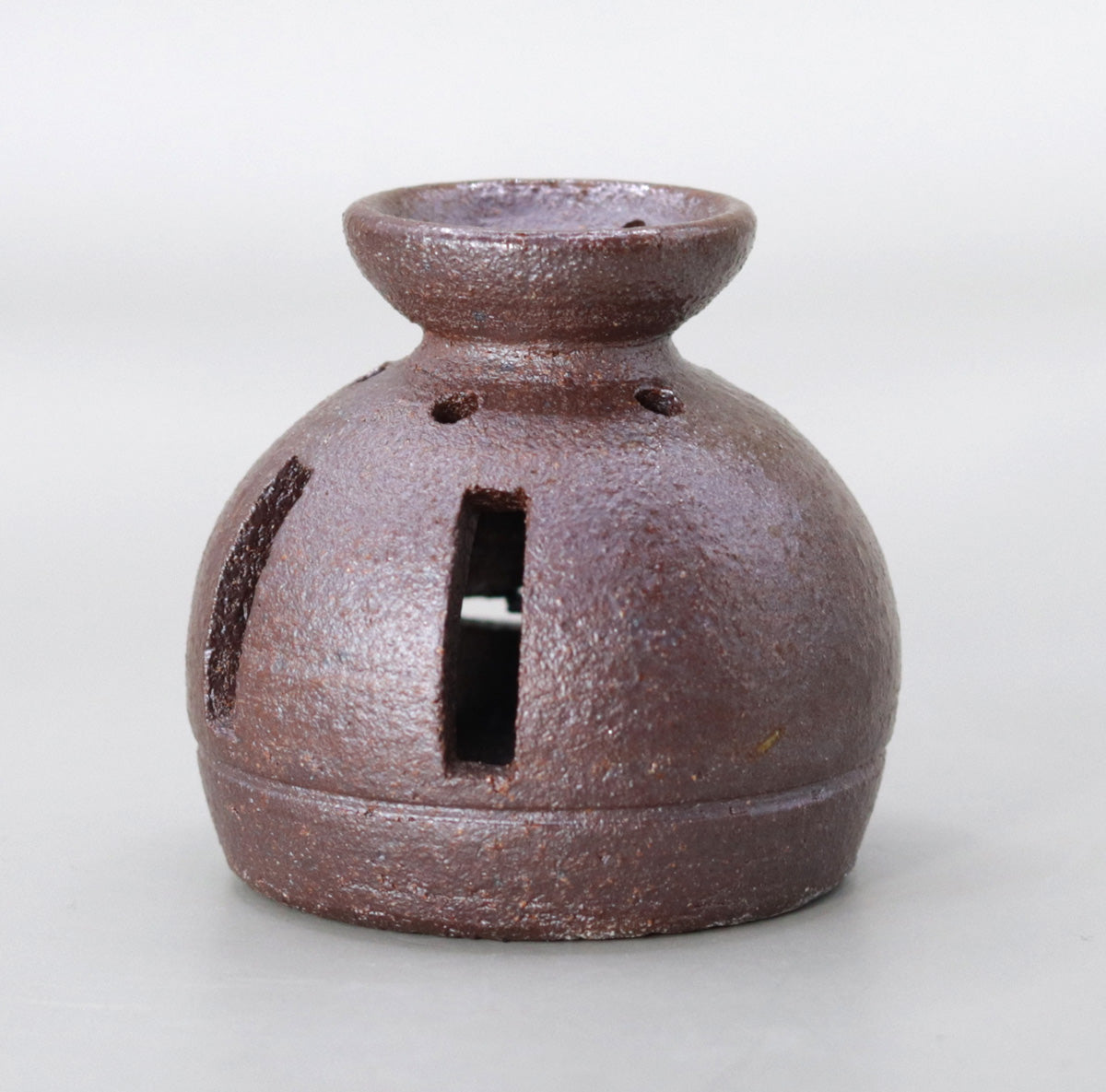
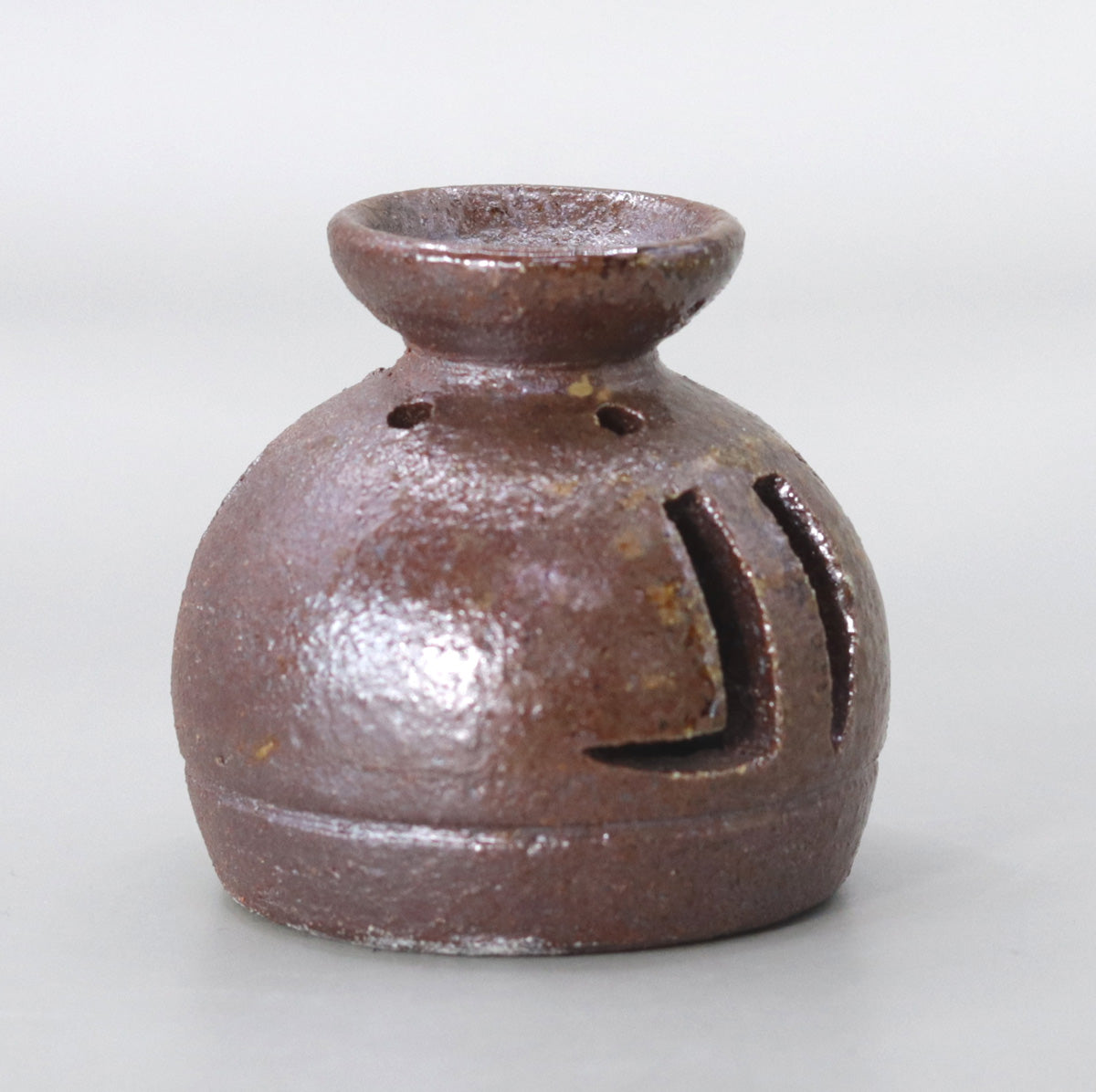
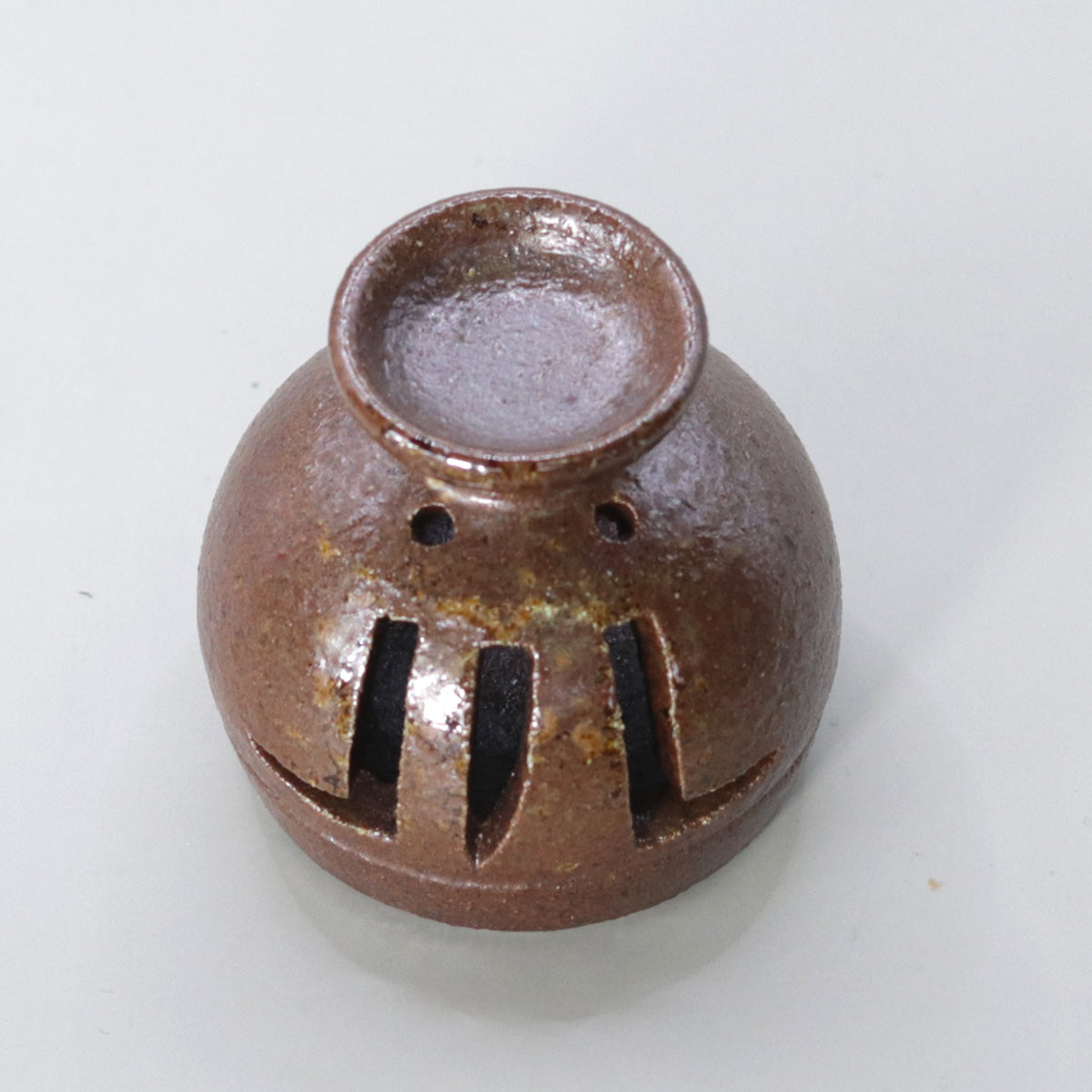
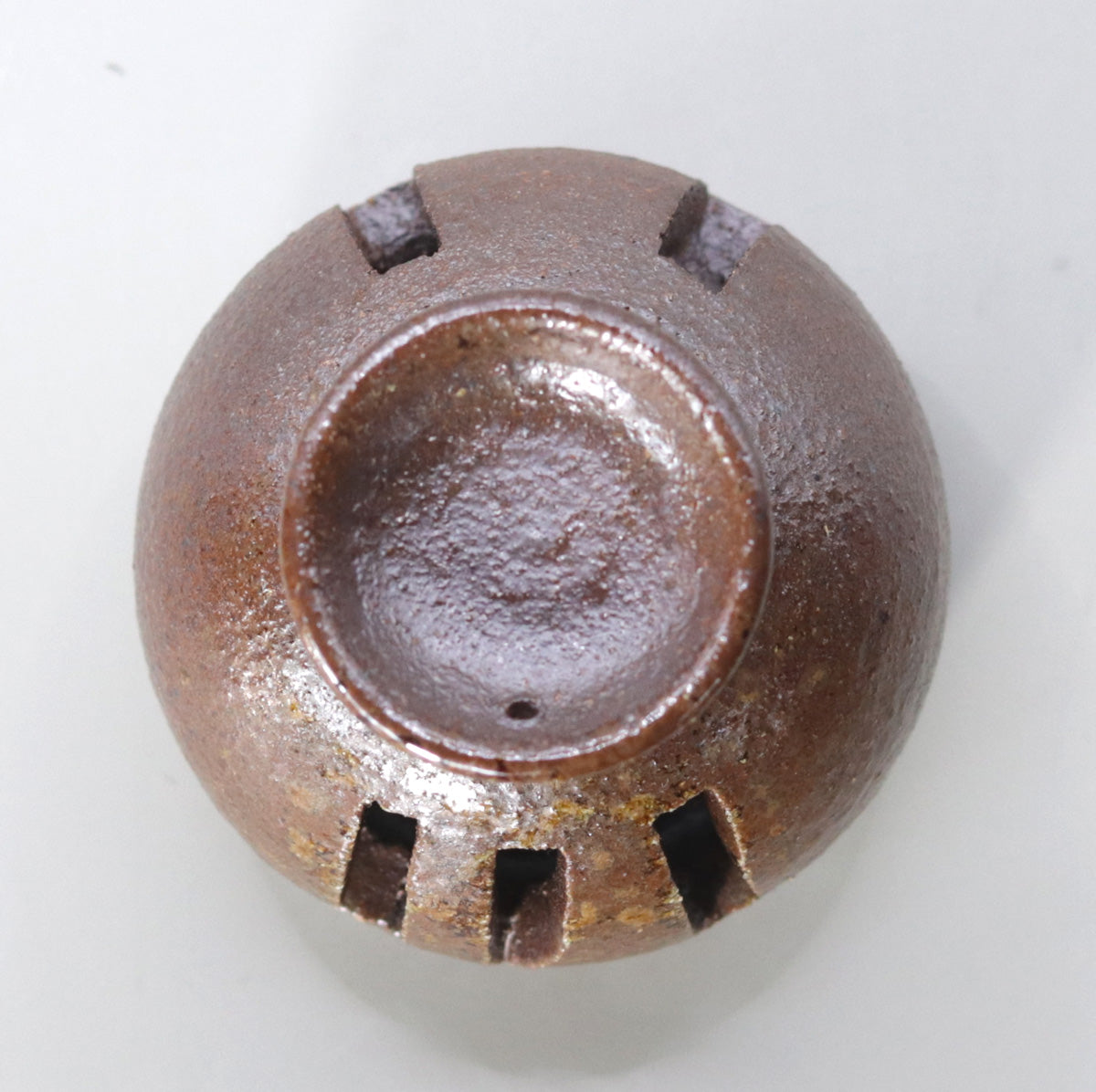
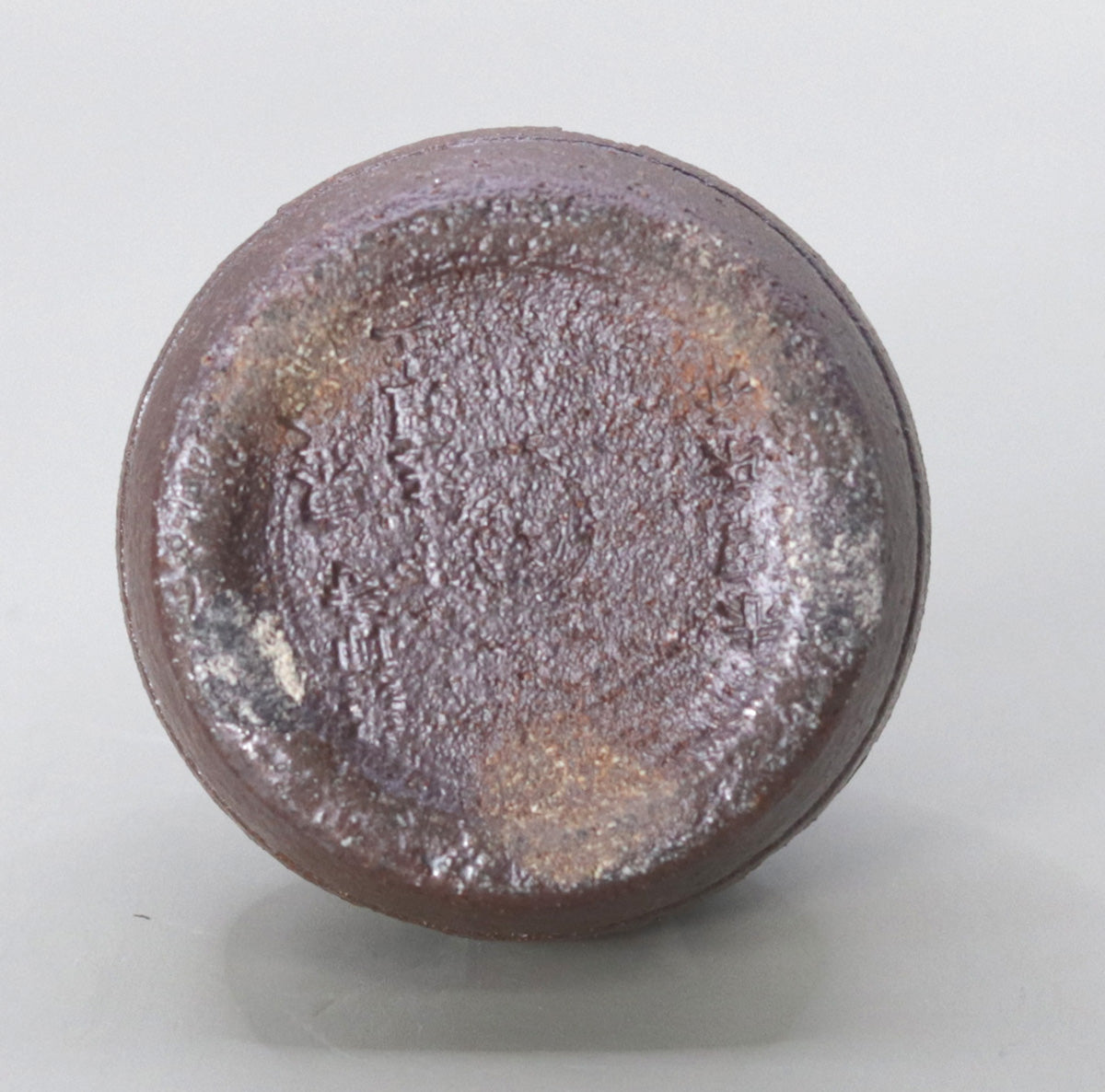
Multi-Column
-
[I will send it to you quickly and carefully]
We carefully package each product in a way that suits it best.
Also, delivery times vary depending on the piece (vessel, etc.).
Items that already come with a box will be shipped within 1-3 days of the order date.
For items that require a box to be made after your order, it will take approximately 30 days for production to be completed and then shipped.
In either case, once we have confirmed your order, we will contact you by email to inform you of the delivery date.
-
[Requests when purchasing pottery]
Even products that look the same may differ slightly in color, shape, size, etc.
The way the glaze is used, the power of the kiln, the firing method, the season, and the humidity also affect the appearance of the pottery.
Please understand the individuality of each piece of pottery and enjoy the unique warmth of handmade.







